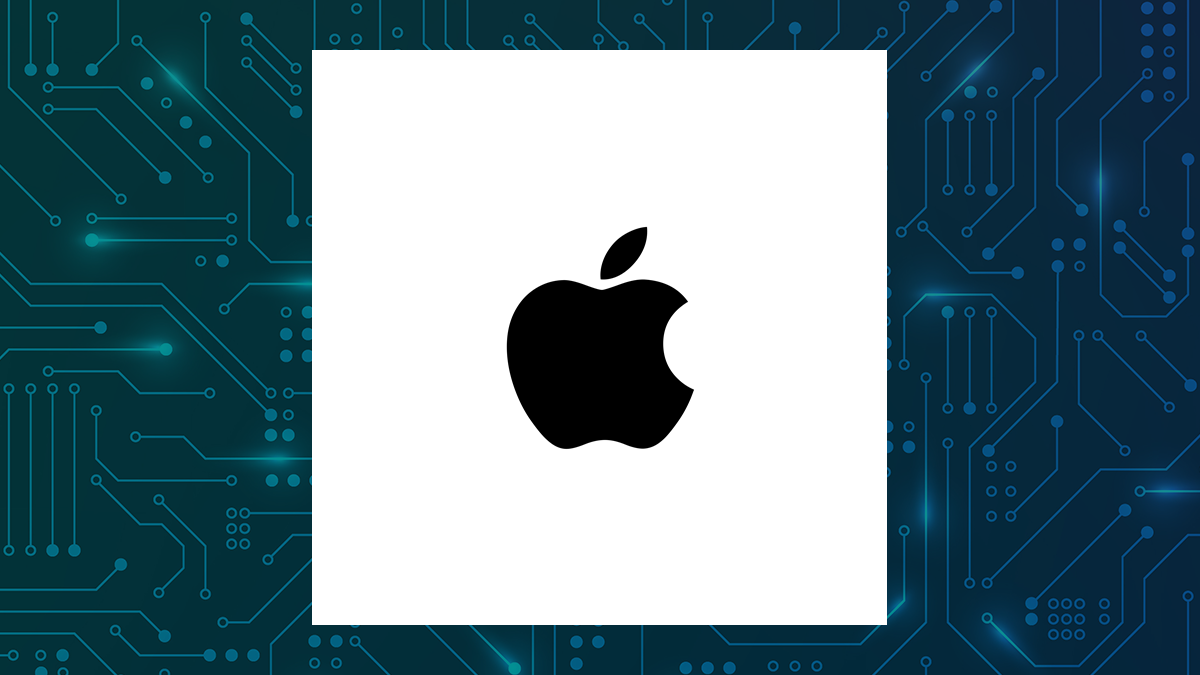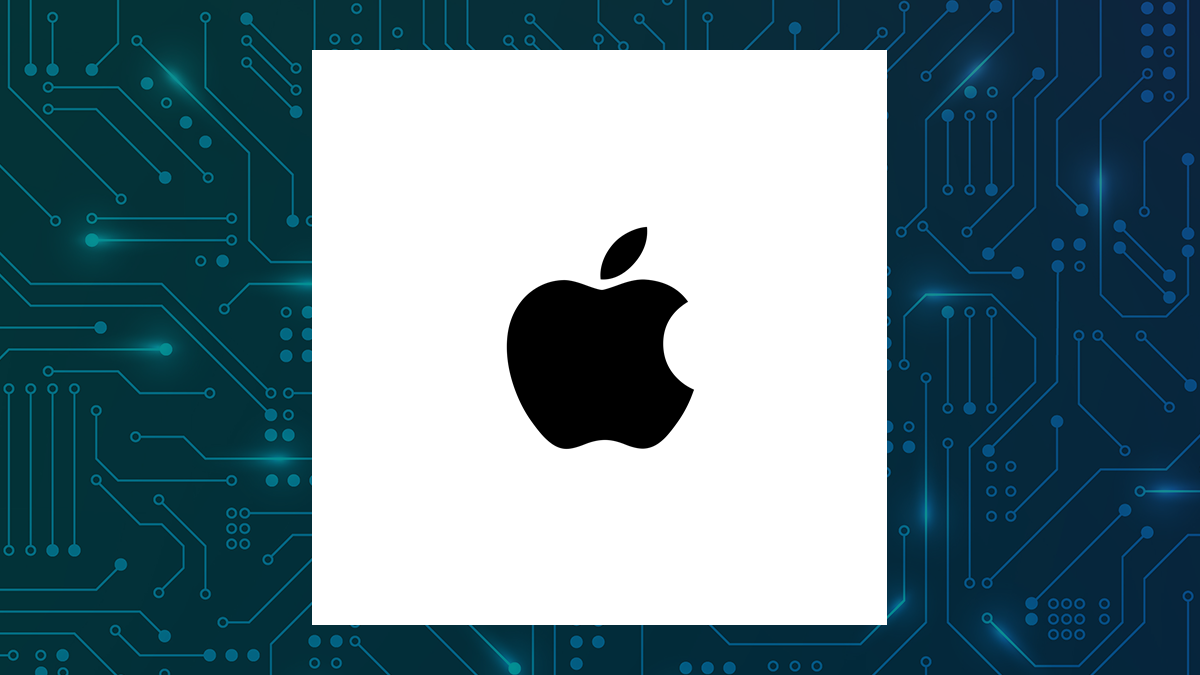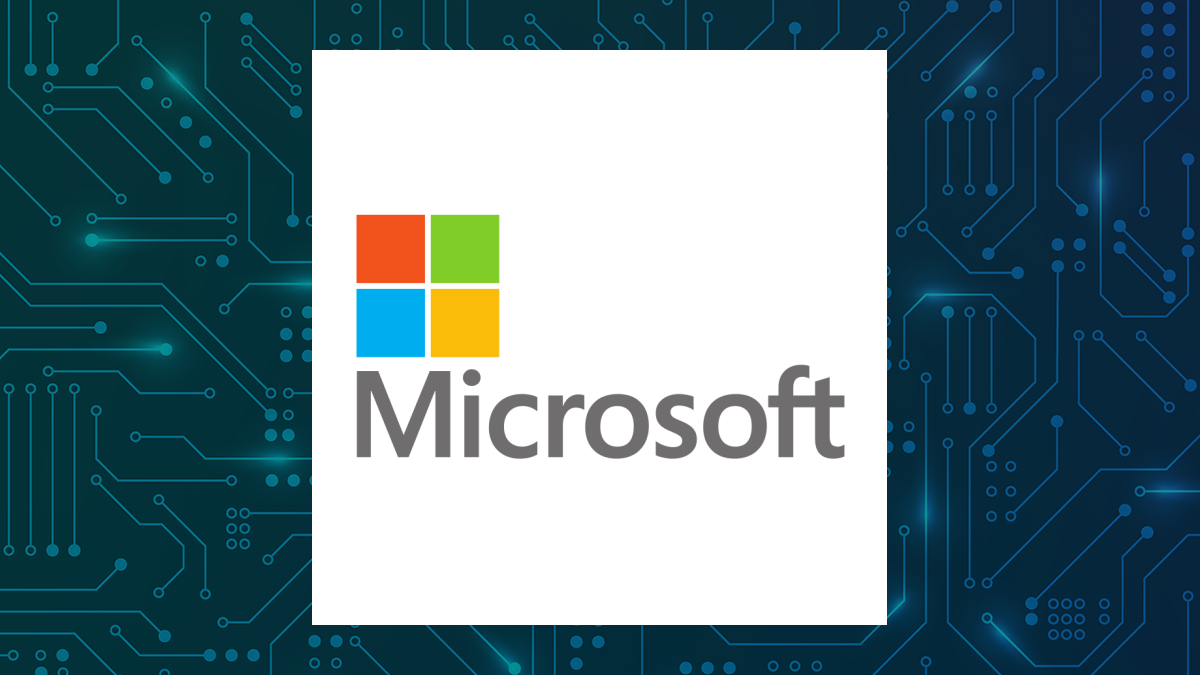
ADV
Advantage Solutions Inc.
$0.95
0.01
(1.05%)
| Exchange: | |
| Market Cap: | 309.828M |
| Shares Outstanding: | 203.75M |
About The Company
| Sector: | Communication Services | |||||
| Industry: | Advertising Agencies | |||||
| CEO: | David A. Peacock | |||||
| Full Time Employees: | 17000 | |||||
| Address: |
|
|||||
| Website: | https://advantagesolutions.net |
Advantage Solutions Inc. provides outsourced solutions to consumer goods companies and retailers in North America and internationally. It operates in two segments, Sales and Marketing. The Sales segment offers brand-centric services, such as headquarter relationship management; analytics, insights, and intelligence; administration; and brand-centric merchandising services. This segment also provides retailer-centric services comprising retailer-centric merchandising, in-store media, and digital commerce. The Marketing segment offers brand-centric services, including shopper and consumer marketing, and brand experiential services; and retailer-centric services, such as retail experiential, private label, digital marketing, and digital media and advertising. The company was formerly known as Karman Holding Corp. and changed its name to Advantage Solutions Inc. in March 2016. Advantage Solutions Inc. was founded in 1987 and is headquartered in Irvine, California.
Click to read more…
Revenue Segmentation
EPS
Earnings Call
Income Statement
(* All numbers are in thousands)
Balance Sheet
(* All numbers are in thousands)
Cash Flow Statement
(* All numbers are in thousands)
Analyst Estimates
(* All numbers are in thousands)




